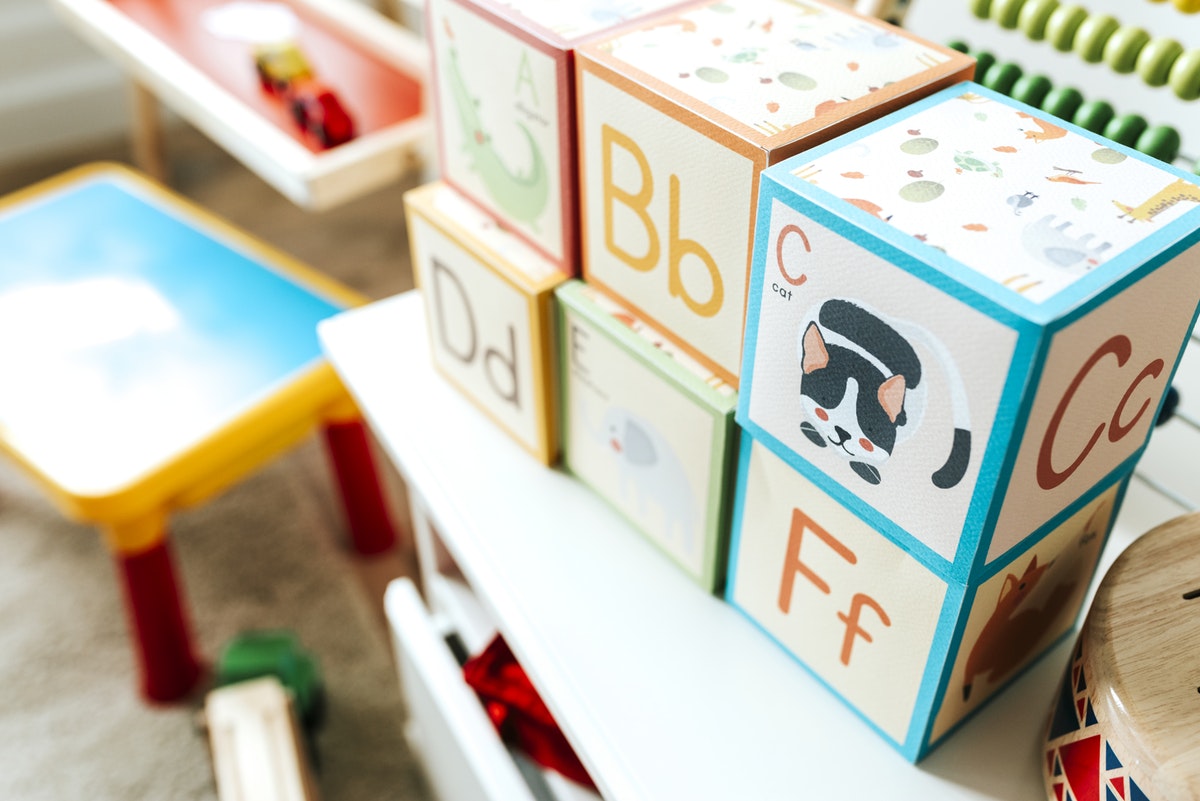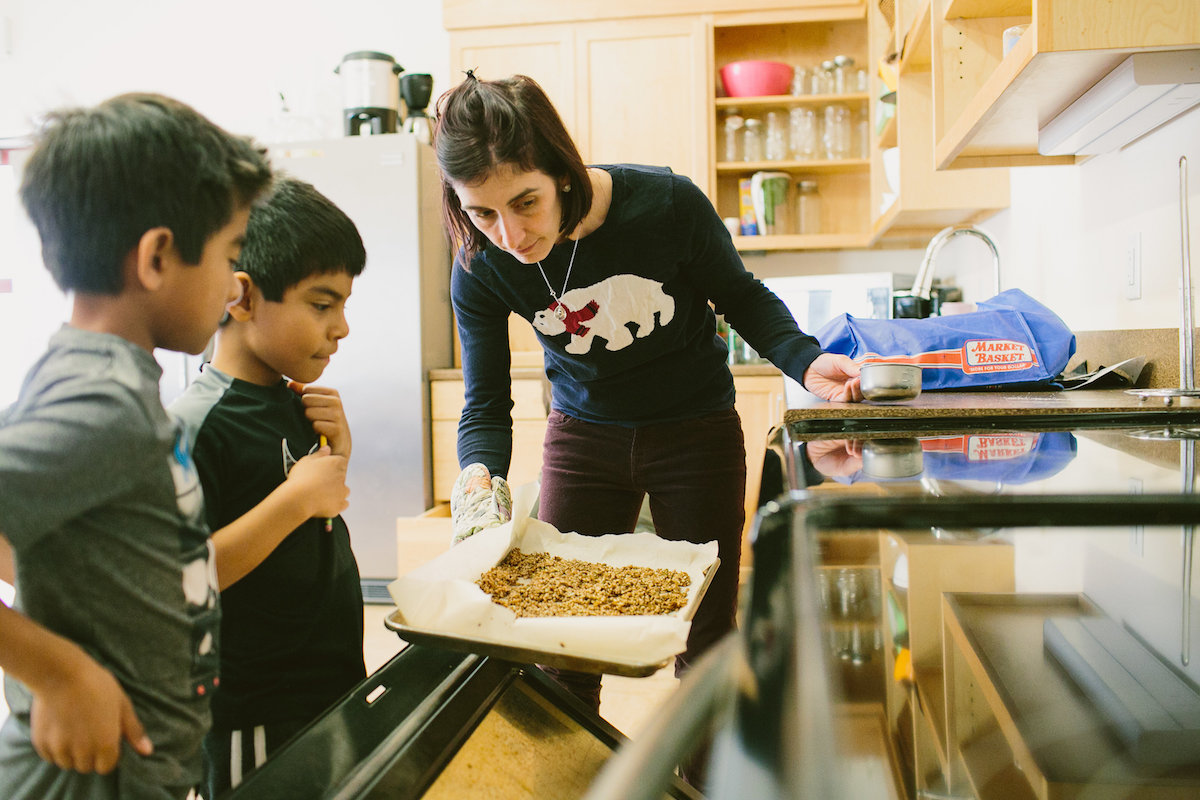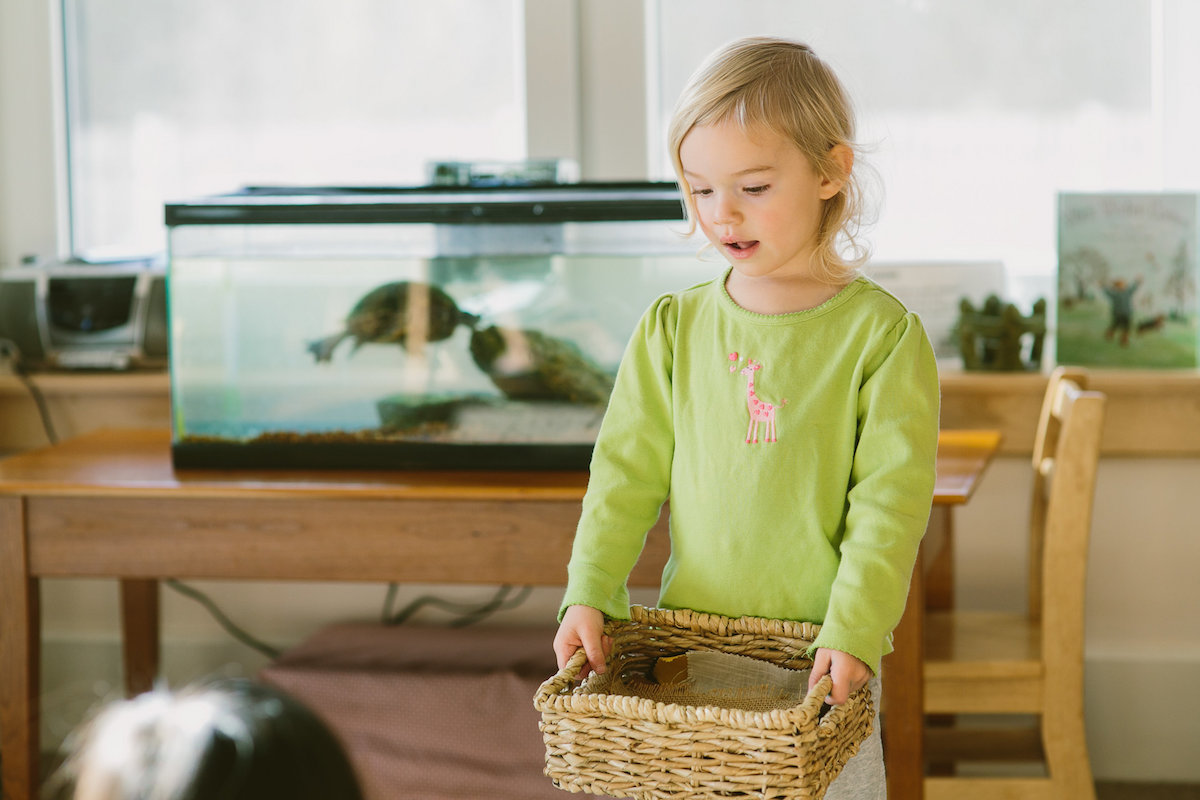And just like that, summer is drawing to a close. School is right around the corner, and we’re here to give you some tips and tricks to get the kids (and yourselves) ready!
Supplies
Now is a great time to start gathering school supplies if you haven’t already started. Take into consideration your child’s age and what they will really need for school. Most Montessori classrooms utilize community supplies that are shared, but many teachers have a wish list or requested supply list for parents. Be sure to check the letter you received from your child’s teacher over the summer.
As children get older, they may need more traditional school supplies. Again, we recommend checking with your child’s teacher, but it’s helpful to have pencils, crayons, scissors, and paper on hand at home for projects. Older children may need notebooks and more specialized supplies.
Bedtimes
Long summer days and less pressure to wake up early often leads to later bedtimes for children. While this is great for family fun, it’s helpful to reassess your child’s sleep needs before school starts.
The American Academy of Pediatrics recommends the following:
Infants 4 months to 12 months should sleep 12 to 16 hours per 24 hours (including naps) on a regular basis to promote optimal health.
Children 1 to 2 years of age should sleep 11 to 14 hours per 24 hours (including naps) on a regular basis to promote optimal health.
Children 3 to 5 years of age should sleep 10 to 13 hours per 24 hours (including naps) on a regular basis to promote optimal health.
Children 6 to 12 years of age should sleep 9 to 12 hours per 24 hours on a regular basis to promote optimal health.
Teenagers 13 to 18 years of age should sleep 8 to 10 hours per 24 hours on a regular basis to promote optimal health.
To make sure your child is sleep-ready for school, consider what time they will need to go to bed on an ideal school night, then start slowly inching bedtime back each day from now until the start of school.
Routines
Children thrive with routine. While it’s not always possible during summertime, it’s super important to reestablish routines when getting ready to head back to school.
Bedtime isn’t just about sleep, but also the hour or so leading up to it. Create predictable steps and order so that your child can focus on rest and not anticipation of what’s next. You may want to begin bedtime with a warm bath, followed by putting on pajamas, brushing teeth, and reading a story in bed.
Morning routines are helpful, too. What do you expect your child to do independently, and what will they need help with? Again, try to keep the same order and timing each day so everything runs smoothly. Children who need reminders (read: most kids) often find it helpful to have a visual reminder. Post a note in your child’s bedroom or the bathroom listing the order of what needs to be done. For children who aren’t reading yet, a picture list can be made.
Lunches
Will you need to make lunches for your child when they head off to school? If so, it doesn’t hurt to think ahead. Once you gather these supplies they should last for years. Again, check in with your child’s teacher for recommendations.
Lunch supply basics:
A reusable lunch bag
Reusable lunch containers (bento boxes, sandwich wraps, snack containers, etc.)
A reusable water bottle
Small cloth placemats and napkins
Reusable cutlery
When school does start, it can be helpful to make lunches the night before, and your children can help! Older children can begin making their own lunches each day.
Conversations
Begin talking with your child about the upcoming school year. Chances are they’re excited, but if it’s a new school or a new class, they may have some reservations. Let them know what to expect and encourage them to ask questions. Some possible talking points:
If it is a new school, feel free to take a drive by to show them or remind them what the building looks like.
What will drop-off and pick-up be like for your child?
Are there any changes in their class this year? You might discuss new teachers, new students, or anything else that will be different.
To the best of your ability, describe what their days will be like.
Ask your child what their hopes are for the year. This is especially helpful and important for children in elementary and above. They can include hopes and dreams not just about academics, but friendships, special classes, and whatever else they can think of.
Lastly, if there is any information you need from us before the start of the school year, please don’t hesitate to reach out and ask. We are looking forward to seeing your children and starting off another great year!






